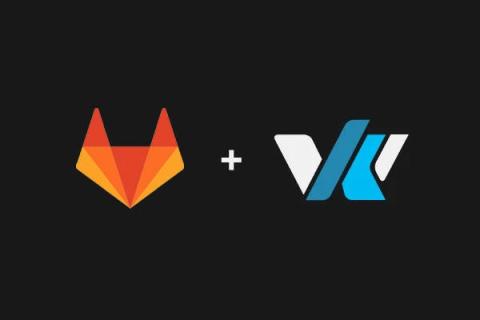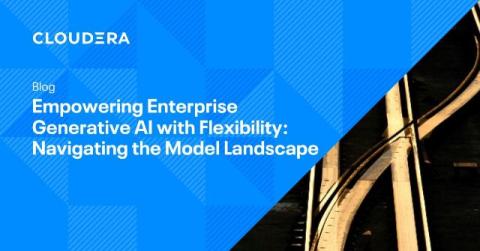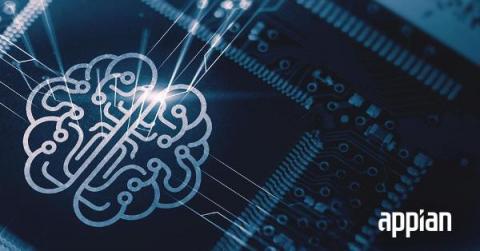Revolutionizing Financial Services with AI: Harnessing Speed and Real-Time Data in the Cloud
In today's financial services landscape, the need for speed is paramount. Traditional financial processes are no longer sufficient to meet the demands of modern consumers and businesses. The synergy of three emerging technologies promises to expedite financial services processes: By implementing a data fabric, financial institutions can break down silos, enabling data to flow freely across the organization.











